Tasmanian oak is a premium Australian hardwood timber encompassing three species that grow in the mountainous areas of Tasmania. It is a versatile timber perfect for both construction and interior applications, including flooring, panelling, architraves and skirting boards.
Mountain ash, alpine ash, gum-topped stringybark, Australian oak, whitetop stringybark, white-top, woollybutt, blue leaf, mountain white gum.
E. delegatensis, E. obliqua & E. regnans
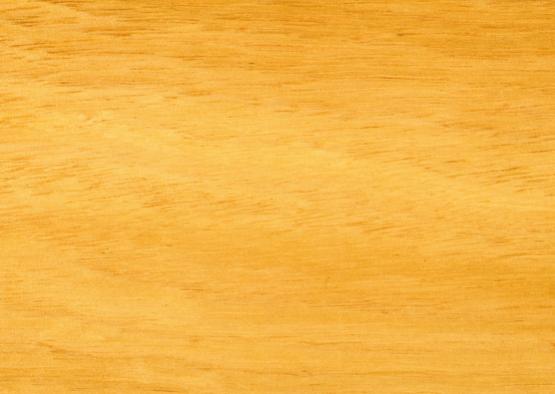
Tasmanian oak is the name used for three almost identical species of eucalypt hardwoods that are normally marketed collectively. E. delegatensis (alpine ash) occurs at higher altitudes, while E. regnans (mountain ash) is found in wetter sites; E. obliqua (messmate) has a wide distribution, occurring in wet forests but also extending into drier areas.
Warm, dense and resilient, Tasmanian oak is the preferred hardwood for a wide range of applications. It works extremely well and produces an excellent finish. It can be used in all forms of construction and in interior applications such as panelling and flooring. It can be glue-laminated to cover long spans. Veneers, plywood and engineered products are also available. It is also a popular furniture timber, and its fibre is sought after for reconstituted board and production of high quality paper.
Tasmanian oak is light in colour, varying from straw to reddish brown with intermediate shades of cream to pink. It is recognised for its excellent staining qualities, which allow ready matching with other timbers, finishes or furnishings.
Tasmanian oak is marketed under different names depending on where it is being sold. In Victoria and NSW; it is also sometimes mistakenly referred to as Victorian ash. It should be noted however that, unlike Victorian ash, Tasmania oak also includes messmate. Consequently, Tasmanian oak has a wider and less consistent colour mix. Importantly, it should also be noted that unlike Victorian ash, Tasmanian oak is susceptible to lyctid borer.
Shrinkage
| Very Low | Low | Medium | High | Very High | |
|---|---|---|---|---|---|

|

|

|
|||
Tangential : |
13.30%
|
||||
Radial : |
6.60%
|
||||
Unit Movement Tangential: |
0.36%
|
||||
Unit Movement Radial: |
0.23%
|
Strength Group

Very High |
High |
Reasonably High |
Medium High |
Medium |
Reasonably Low |
Low |
Very Low |
||
Unseasoned: |
S1 |
S2 |
S3 |
S4 |
S5 |
S6 |
S7 |
S8 |
|
|---|---|---|---|---|---|---|---|---|---|
 |
|||||||||
Seasoned: |
SD1 |
SD2 |
SD3 |
SD4 |
SD5 |
SD6 |
SD7 |
SD8 |
|
 |
Stress Grade

| Structural No. 1 |
Structural No. 2 |
Structural No. 3 |
Structural No. 4 |
Structural No. 5 |
|
Unseasoned: |
F14 |
F11 |
F8 |
F7 |
F5 |
Seasoned: |
F22 |
F17 |
F14 |
F11 |
F8 |
Density per Standard

Seasoned: |
650kg/m3
|
|---|---|
Unseasoned: |
1050kg/m3
|
Joint Group

Very High |
High |
Reasonably High |
Medium |
Low |
Very Low |
|
Unseasoned: |
J1 |
J2 |
J3 |
J4 |
J5 |
J6 |
|---|---|---|---|---|---|---|
 |
||||||
Seasoned: |
JD1 |
JD2 |
JD3 |
JD4 |
JD5 |
JD6 |
 |
Colour

| White, yellow, pale straw to light brown | Pink to pink brown | Light to dark red | Brown, chocolate, mottled or streaky | |
 |
||||
Mechanical Properties
Modulus of Rupture - Unseasoned: |
63
|
|---|---|
Modulus of Rupture - Seasoned: |
110
|
Modulus of Elasticity - Unseasoned: |
13
|
Modulus of Elasticity - Seasoned: |
17
|
Maximum Crushing Strength - Unseasoned:  |
30
|
Maximum Crushing Strength - Seasoned: |
63
|
Impact - Unseasoned: |
14
|
Impact - Seasoned: |
21
|
Toughness - Unseasoned: |
Medium - 15 - 24 Nm
|
Toughness - Seasoned: |
Medium - 15 - 24 Nm
|
Hardness - Unseasoned: |
3.4
|
Hardness - Seasoned: |
4.9
|
Durability
| Low | Moderate | Reasonably High | High | |
| (0 - 5 yrs) | (5 - 15 yrs) | (15 - 25 yrs) | (more than 25 yrs) | |
In-Ground: |
 |
|||
| (0 - 7 yrs) | (7 - 15 yrs) | (15 - 40 yrs) | (More than 40 yrs) | |
Above ground: |
 |
|||
| (0 - 20 yrs, usually < 5) | (21 - 40 yrs) | (41 - 64 yrs) | (More than 60 yrs) | |
Marine Borer Resistance: |
 |
Lyctid Borer Susceptibility: |
|
|---|---|
Lyctid Borer Susceptibility - Other: |
Sapwood is generally susceptible. Tasmanian Oak is usually sold free of sapwood.
|
Termite Resistance: |
Not Resistant
|
Fire Properties
Critical Radiance Flux - Lower: |
>2.2 and <4.5 |
|---|---|
Critical Radiance Flux - Higher: |
>2.2 and <4.5 |
Smoke Development Rate: |
<750
|
| 1 - non-combustible | 2 - reasonably non-combustible | 3 - slightly combustible | 4 - combustible | |
Fire Properties Group |
Average Specific Extinction Area: |
>250
|
|---|---|
Bushfire Resistance: |
Not tested
|
Tasmanian oak is light in colour, varying from straw to reddish brown with intermediate shades of cream to pink. It is recognised for its excellent staining qualities, which allow ready matching with other timbers, finishes or furnishings.
Tasmanian oak can be used for protected structural applications, such as timber framing, but it is best suited to indoor applications and furniture due its low to moderate durability. Flooring, paneling and high-end joinery are some of its more common applications, although it is also used for agricultural implements, oars, cooperage, boxes, crates, paper pulp and in the manufacture of plywood.
A strong and stable timber, Tasmanian oak offers good all round workability. It planes, sands, finishes and glues well, and will readily steam and bend. This makes Tasmanian oak is ideal for internal applications and furniture.
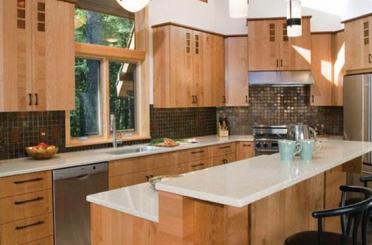
Joinery
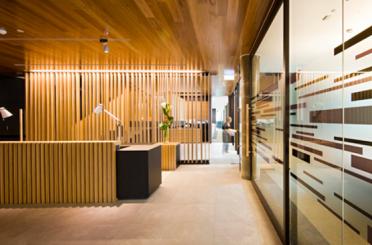
Panelling, Interior
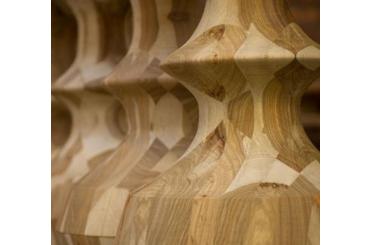
Mouldings
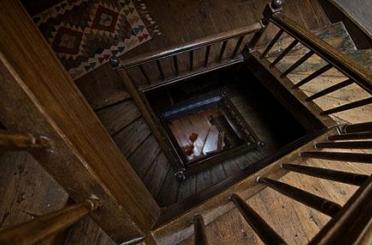
Rails and Balustrades, Interior
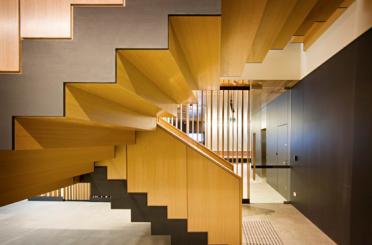
Stairs, Interior

Flooring
Allied Forest Products

Allmat Timber
Australian Timber

Branches Timbercraft

Briggs Veneers Pty Ltd
Britton Timbers

Cameron's H Hardware

Classy Timber Flooring

Cusp
Dekhar Outdoors

Dromana Discount Timber

Fewings Joinery Pty Ltd

Floors of Distinction
Franz Building Supplies

Garde Timber Pty Ltd
Hammer Roo

HYDROWOOD

Hyne Timber
Lemlex Joinery

Ludbrook’s Joinery
M1 Timber Works Pty Ltd

Market Timbers

Matilda Veneer
McCormacks Australia

McKay Joinery

One Stop Pine Penrith

Porta

Ridgewood Timber Pty Ltd
Ryan & McNulty Pty Ltd

Sawmill Trading Company

Ta Ann Tasmania Pty Ltd

The Window Man

Three(3)DM Pty Ltd

Timber Blitz Pty Ltd













